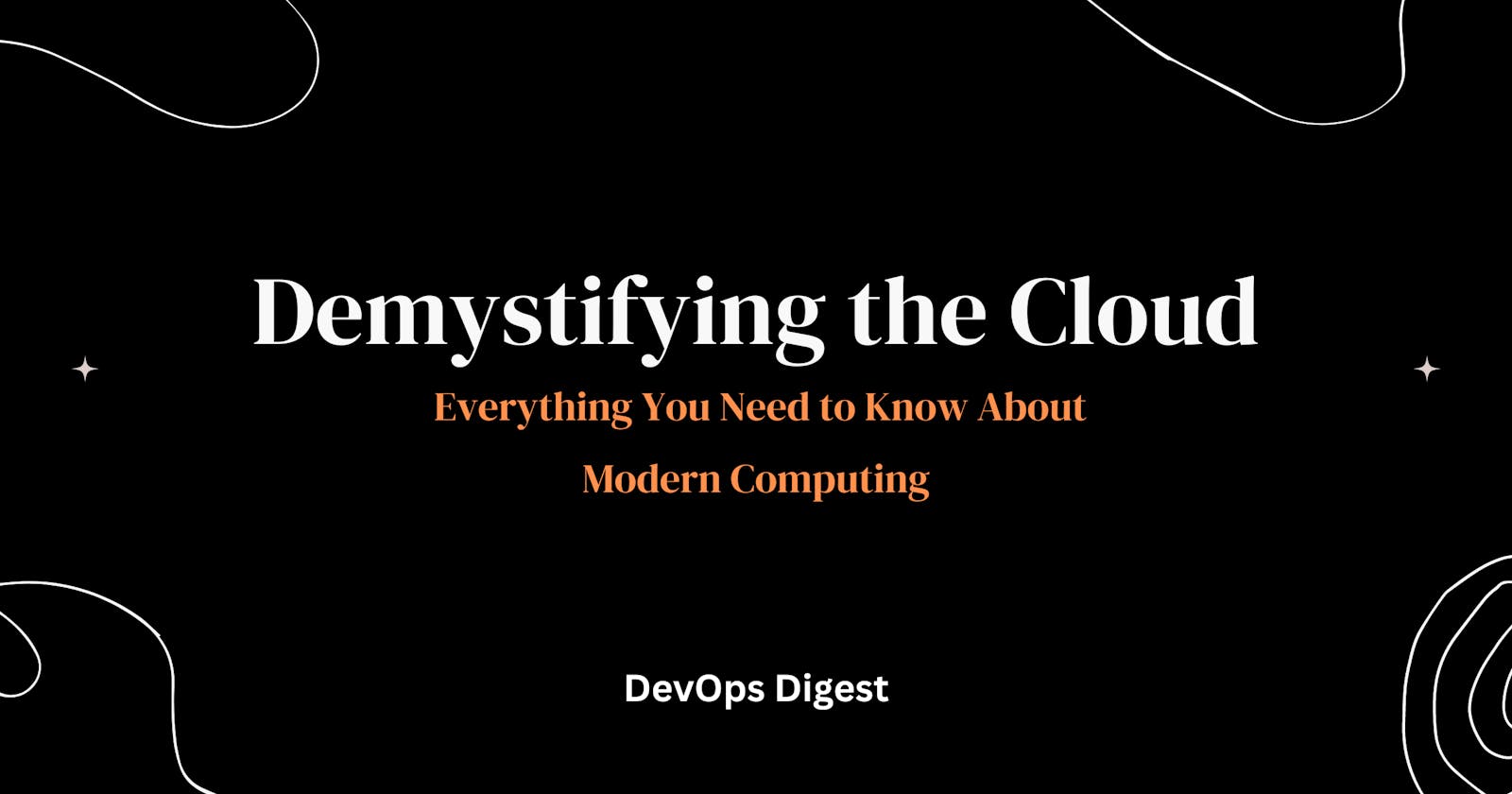Introduction
Welcome to the DevOps Digest! In today's digital age, the term 'cloud computing' has become more than just a buzzword. It's a revolutionary technology that has transformed the way businesses operate, offering unprecedented flexibility, scalability, and cost-efficiency. But what exactly is the cloud? Why does it matter so much, and how is it shaping our future?
In this comprehensive guide, we'll take a deep dive into the world of cloud computing. We'll explore its key properties, understand its various service models, and delve into the shared responsibilities that come with using the cloud. We'll also examine the different types of cloud setups available, helping you understand which might be the best fit for different scenarios.
Whether you're a seasoned IT professional, a business owner looking to leverage the power of the cloud, or a curious individual eager to understand this transformative technology, this blog is for you. So, let's embark on this journey together and demystify the cloud!
Why Cloud Matters?
There are many benefits of adopting the cloud, here's a list of some important points:
Resourcing can respond quickly based on demand.
No need to spend a lot of money all at once. (Capital Expenditure vs Operational Expenditure)
Reduce overheads for IT administration, procurements, etc.
Technology on Tap
The cloud is often referred to as "Technology on Tap" due to its resemblance to utility services. Just like turning on a tap to access water without worrying about the complex infrastructure behind it, the cloud provides on-demand access to computing resources without the need to manage the underlying infrastructure.
You just have to worry about the things you want access to and importantly, you only have to pay for what you use.

Key properties of the Cloud:
According to NIST (National Institute of Standard and Technology), there are 5 key properties of the cloud:
- On-demand Self-Service: A consumer can provision capabilities as required without requiring human interaction.

- Broad Network Access: The capabilities are available over the network and accessed through the standard mechanism. If you are using the cloud, it is expected that all of the common standard access options are available to you. (Public access, private access, desktop application, mobile application and so on.)
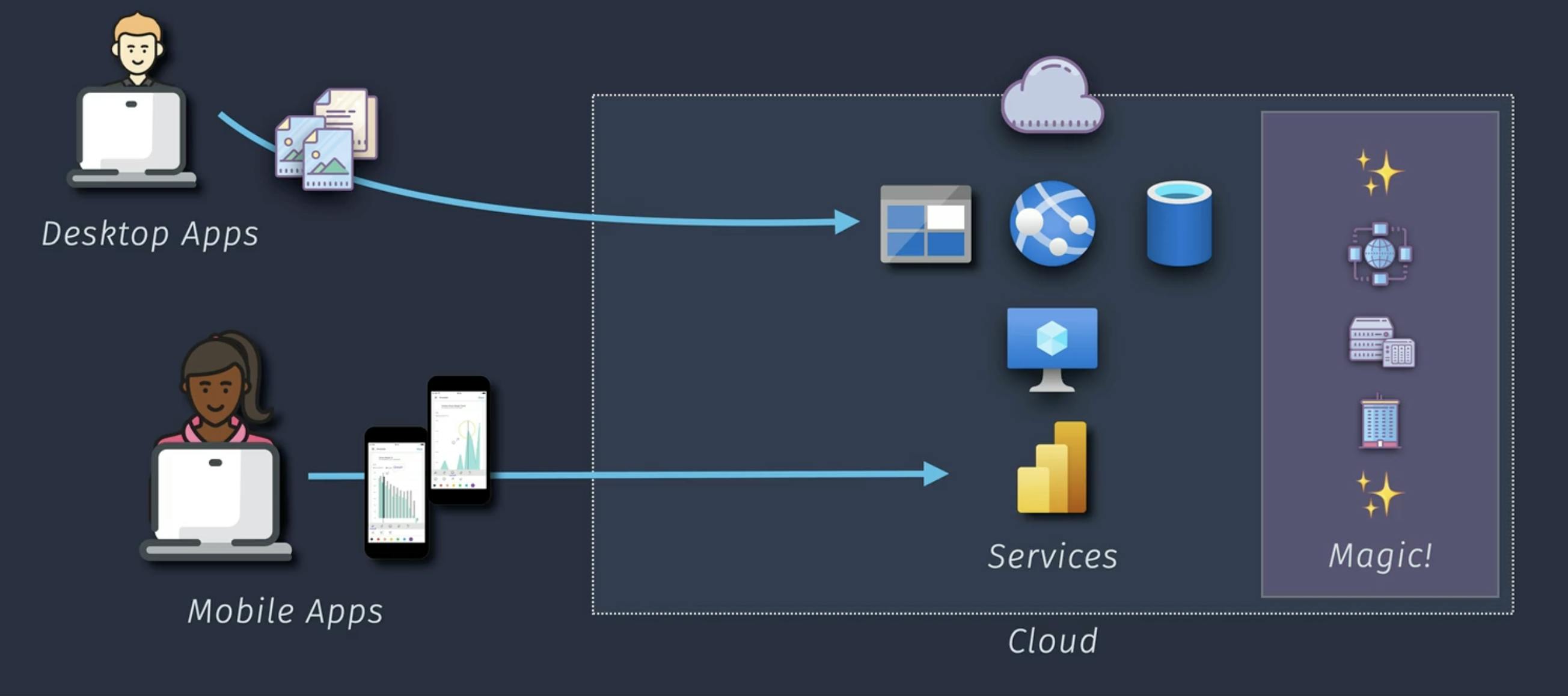
- Resource Pooling: There is a sense of location independence, no control or knowledge over the exact location of the resources. Resources are pooled to serve multiple customers using a multi-tenant model.

- Rapid Elasticity: Elasticity is provisioned and released to scale rapidly outwards and inwards with demand. To the consumer, the capabilities often appear to be unlimited. (Scale-in or Scale-out)
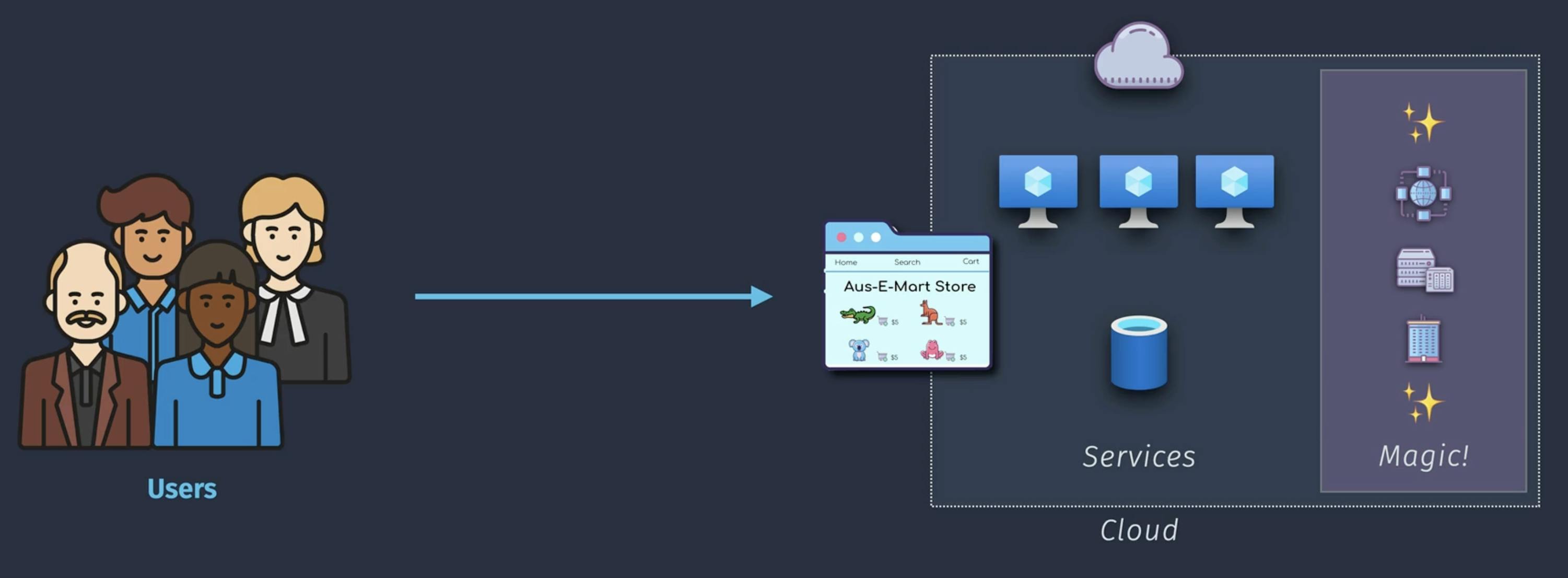

- Measured Service: Resource usage can be monitored, controlled, reported and billed.
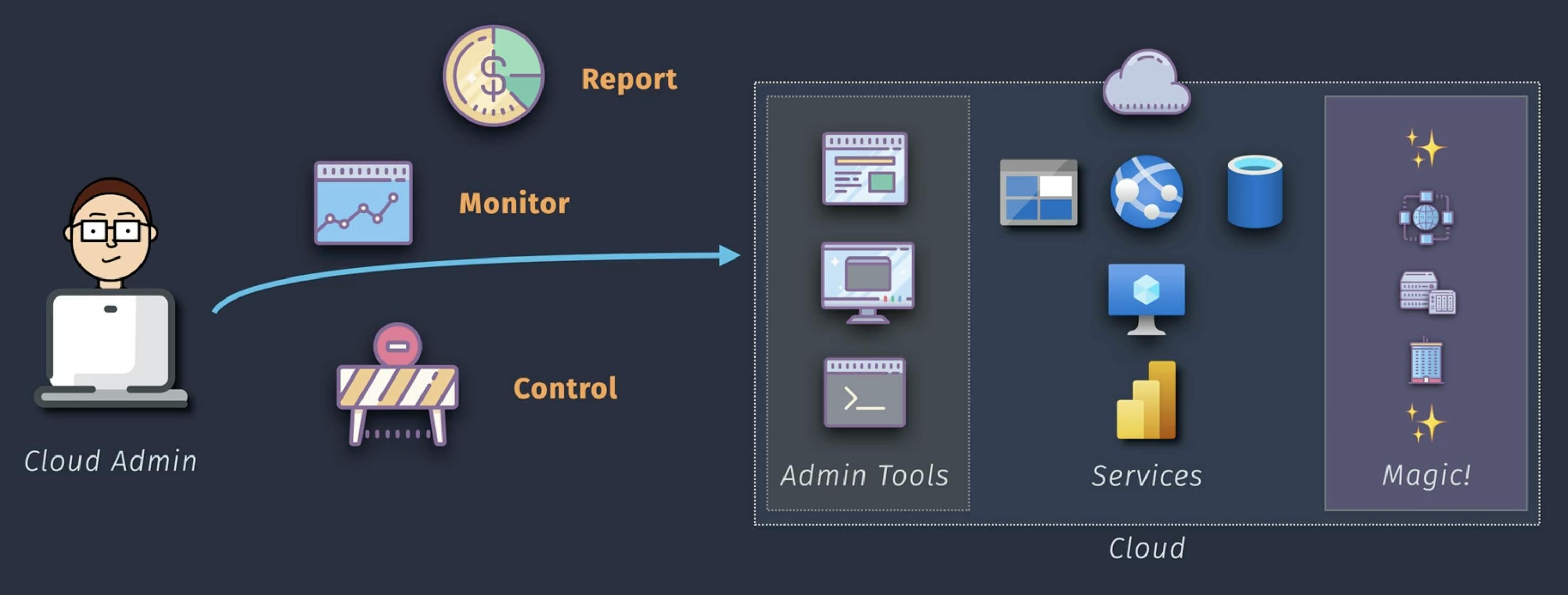
Cloud Service Models
Before learning about cloud service models, let's see what a web application infrastructure looks like:-
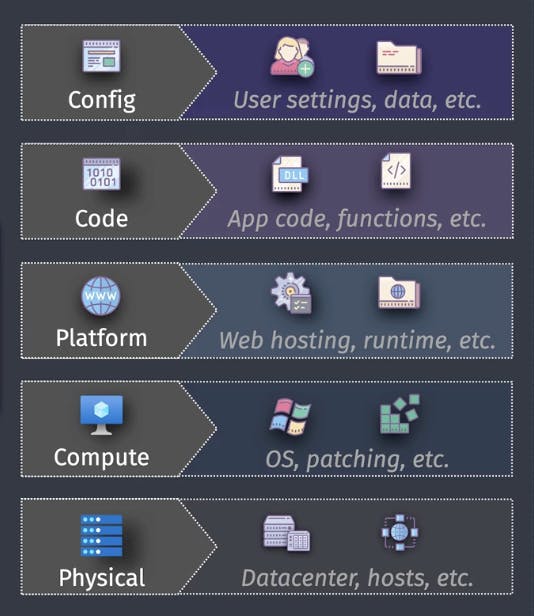
- Infrastructure as a Service (IaaS):
IaaS, or Infrastructure as a Service, refers to the cloud provider's responsibility for managing the underlying infrastructure layer, making it a fitting name for this service model.
They'll have to manage the underlying physical datacenter, the host, storage, network, connectivity etc.
Everything else is up to the cloud customer ("us") to manage. e.g. Azure Virtual Machine or AWS EC2 instance

- Platform as a Service (PaaS):
With PaaS, the cloud provider will manage everything from the physical layer to the platform layer.
e.g. While working with a web application, we would no longer have to manage the physical, the server, or the actual web hosting infrastructure like IIS, Apache or Nginx. The installation, configuration, deployment, patching and even components of the security will be managed by the cloud provider.
The cloud customer ("us"), our responsibility will be to develop the code for our web application and continue to configure the user setting, data, etc.
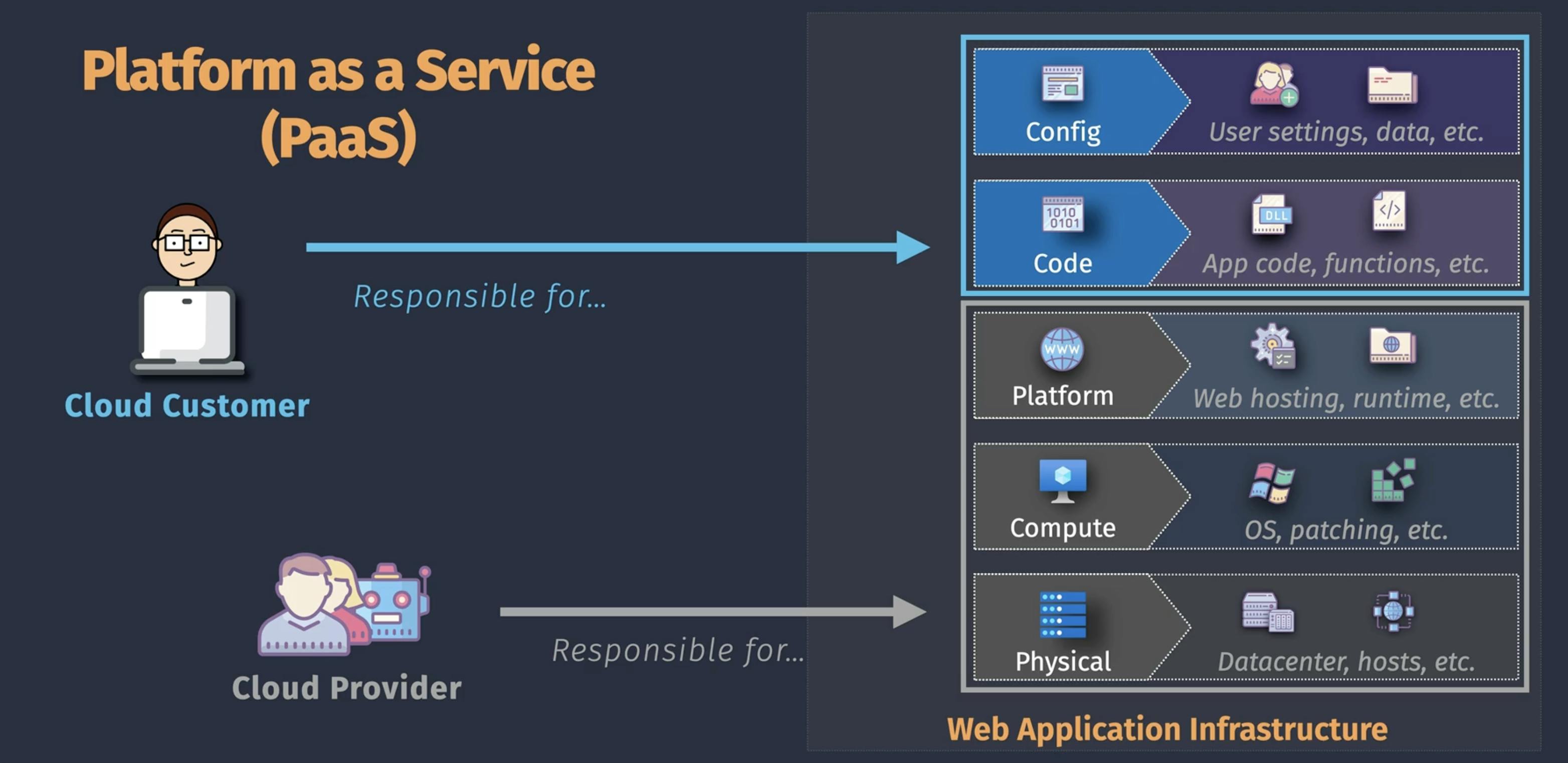
- Software as a Service (SaaS):
In SaaS, we don't have to manage anything apart from the actual configuration of the application itself.
e.g. For our web application, use wordpress.com or wix.com. The idea here is that all we would do is we would sign up for the web application functionalities itself.
We'll be paying for the number of users we have, the number of gigabytes of storage we use or the amount of network traffic we have to our web application. Some other examples: Dropbox, Microsoft Teams, etc.
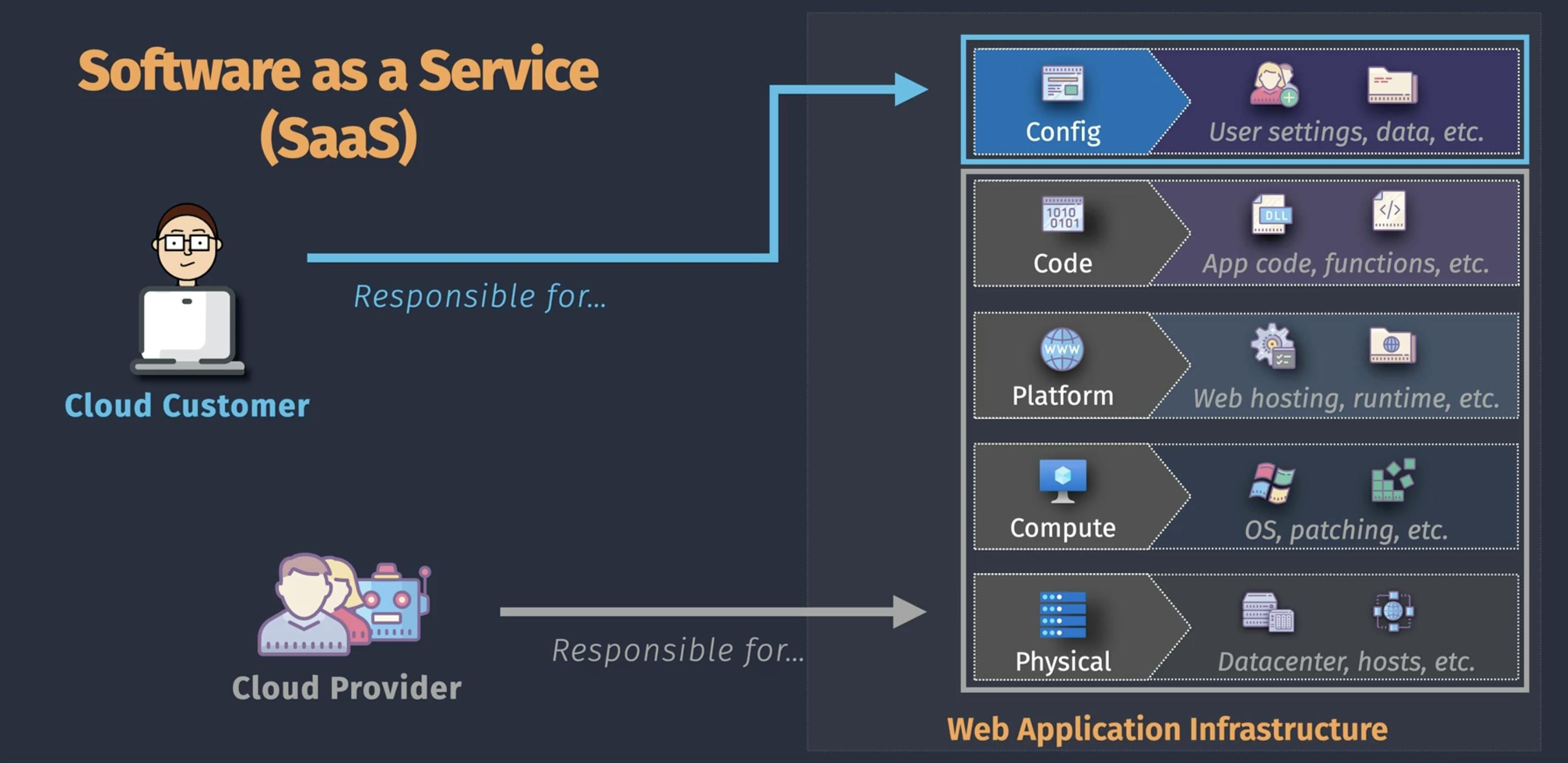
Shared Responsibilities
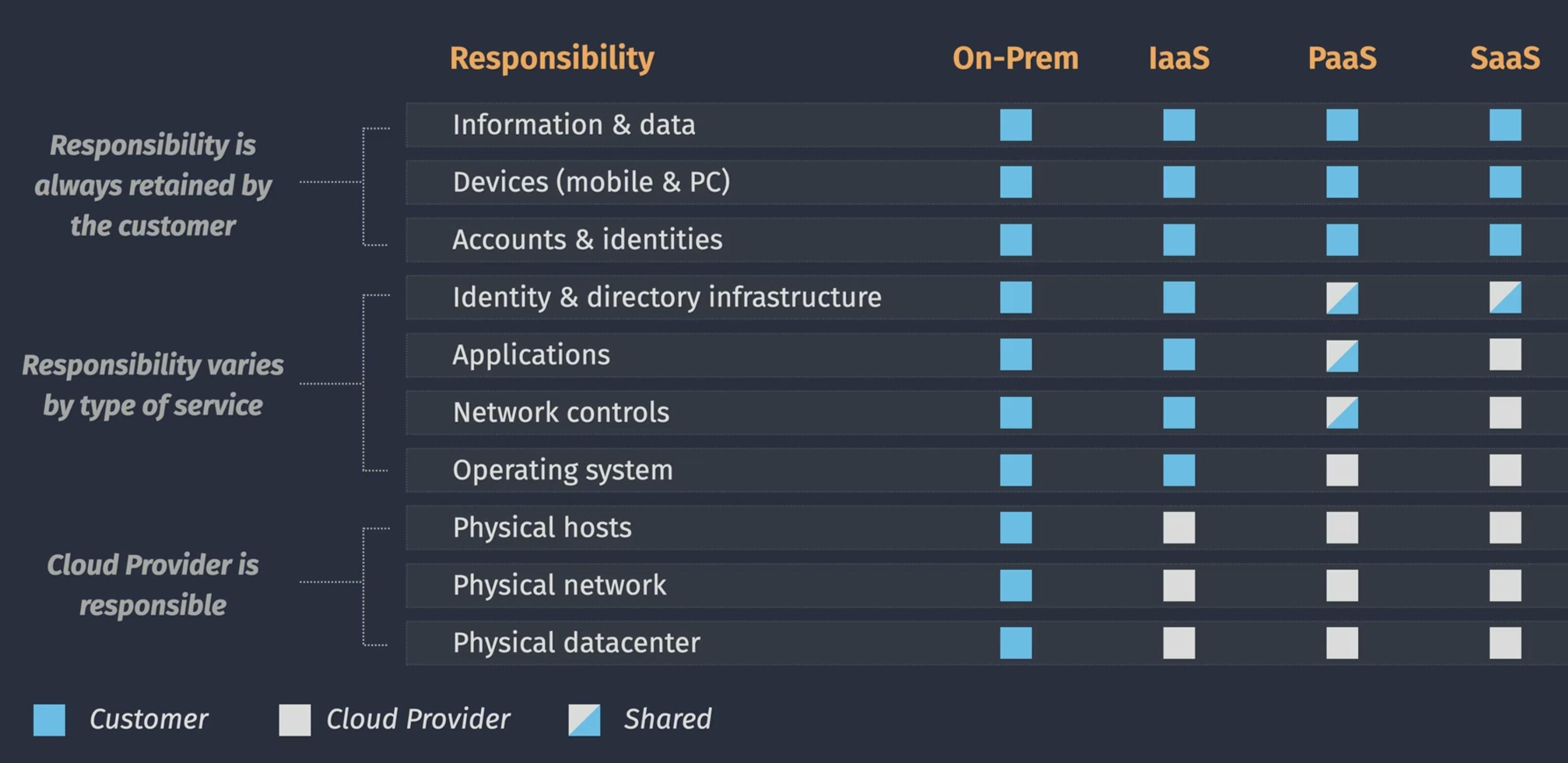
Types of Cloud
Public Cloud: Public Cloud provides a shared platform that is accessible to the general public through an Internet connection. e.g. Microsoft Azure, AWS, GCP, etc.
Private Cloud: Private Cloud is where you have a solution that provides the exact same sort of capabilities that we have for public cloud, but it does so in a way that is only privately accessible to you. e.g. Microsoft Azure Stack, AWS Outposts, Google Anthos, etc.
Hybrid Cloud: The combination of a public and private cloud within an organization is known as Hybrid Cloud.
Multi-Cloud: It is the type of Cloud where we use two or more common public cloud providers within an organization.
Conclusion
In conclusion, cloud computing is not just a trend, but a fundamental shift in the way businesses operate and deliver value. It offers a unique blend of flexibility, scalability, and cost-efficiency that traditional IT models can't match. From providing "Technology on Tap" to offering various service models like IaaS and PaaS, the cloud empowers organizations to focus on their core competencies, rather than getting bogged down by IT infrastructure management.
